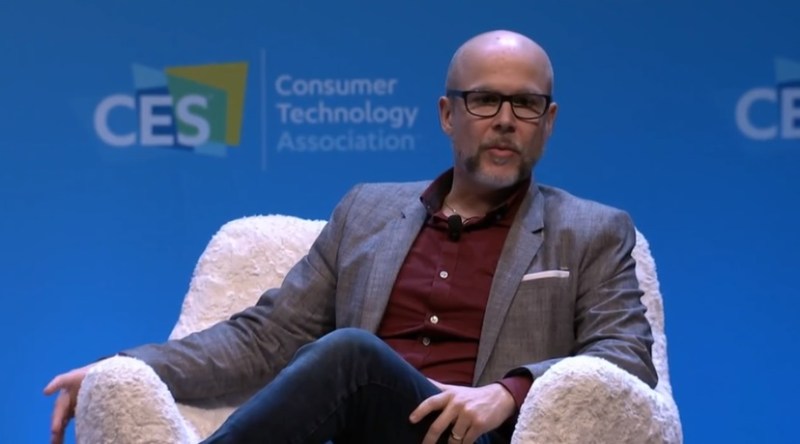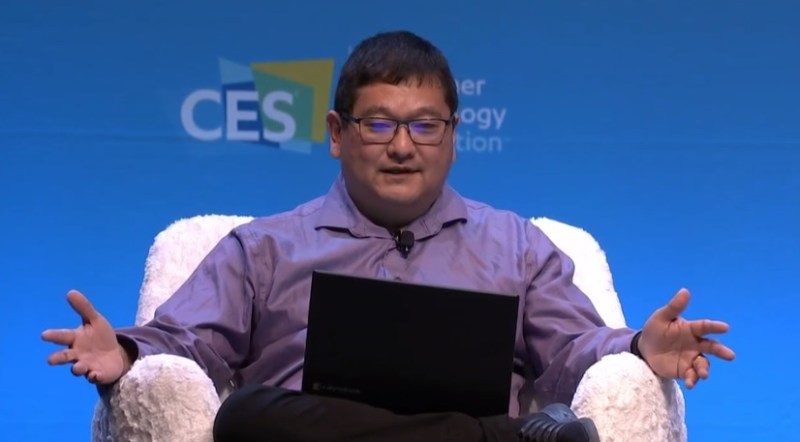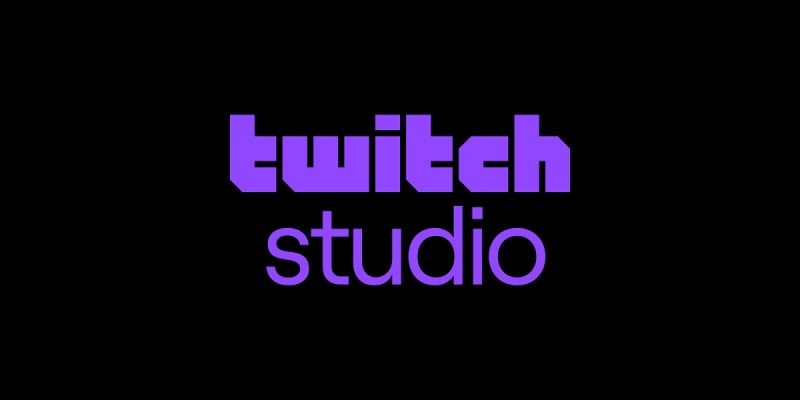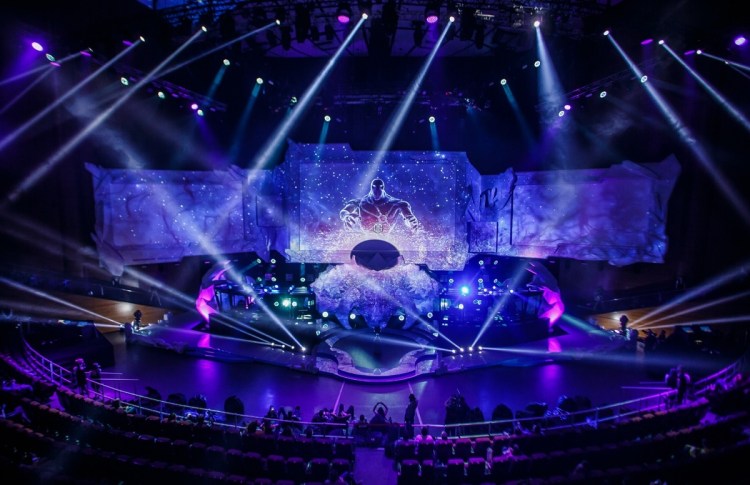
Above: Bryan de Zayas, global director of marketing at Dell.
De Zayas: I’d completely agree. We’re in a very different place, and that’s why I think this digital age–it’s moving us so quickly together and capturing information to be able to understand. Are your investments paying off for you? You can put a lot of money behind technology. You can put up a lot of money from a marketing perspective. But you need to know if you’re going to get that return.
If you’re looking to invest in gaming and esports, it’s definitely something, to know and ask for that data back. But what I would say is–there’s that monetary piece, of course. But remember who you’re talking to and who this audience is. It’s young people that are out there and they’re very passionate about gaming. If you’re looking to invest and get into the space, focus on what helps that gamer get closer to what they want. If you make it easy for them to play games, to watch, to enjoy a large-screen TV as they play their favorite games, whatever piece of technology that is, they’re going to want your product or your service. Making sure that’s what your honing in on, that’s my recommendation.
GamesBeat: “Authenticity” is a very big word with gamers. I assume there are ways to go into this and screw it up, because you’re not being authentic. I wonder if you could address that, things to think about or be careful about, and how to find your authentic brand message and authentic activations.
Iooss: I’d start by saying that on Twitch, there are so many paths for it to be authentic. There’s a lot of native and organic ways the community behaves. They want those things to be powered by the advertisers, because they understand that economy. They’re there to support their favorite streamers, and their streamers mean–it’s not just their gameplay that makes them fans. It’s often their personality. They’re supporting them monetarily in many cases. Whether it’s bits or subscriptions, brands getting involved in those native pathways on the platform are great authentic ways in.
June 5th: The AI Audit in NYC
Join us next week in NYC to engage with top executive leaders, delving into strategies for auditing AI models to ensure fairness, optimal performance, and ethical compliance across diverse organizations. Secure your attendance for this exclusive invite-only event.
Again, I would also say that–often we’re mythbusting. All of us who work in gaming, we’re mythbusting all the time. It’s true, authenticity is important, but also, this is just part of culture. Gaming is culture. You can run great creative and target an audience just like you can in other parts of culture and entertainment. But when you’re ready to go deeper that authenticity becomes a lot more important, and you should trust your partners to help you find those good pathways in.
Dolan: We rely heavily on our partners. Obviously we’ve discussed, peripherally, how we’ve been working with Twitch. They’ve been a phenomenal partner for Samsung. But over the last couple of years we’ve also partnered with Xbox. The reason was, we first began realizing how important gamers were to our TV business around 2016. We realized it was a motivation for consumers to upgrade their TVs. You’re playing a shooter game and your TV’s refresh rate doesn’t match your console’s framerate, you die. You get shot. It sucks. Consumers were saying, “I need a new TV that can keep up.” So how do we make sure that our TVs can always keep up?
We started partnering with gaming industry experts. Not just to gain credibility with this audience, but to really understand what was important to gamers. If you look at our TVs today, all of the gaming features we’ve added–hands-on, I can sell my kids on this one. We have the best gaming TVs on the market, and they’re all grounded in insights.
One example I love to give is campers. Who likes campers, right? Boo. But we have a feature we just launched this past year called dynamic black equalizer. It’s for all those creepers and campers who are in a scene hiding out. You can find them on our TVs now. It’s all about giving gamers an advantage, and just making the experience better and more fun. Lowering the input lag to record-breaking levels. Just keeping up. We rely on our partners to help us understand this audience well enough to know what’s important and how we can implement that in our innovation road maps.
Adaptive sound is another example. We have this thing called object tracking sound. It uses AI to be able to identify, on the screen, where a sound is coming from. You can have a more immersive and enhanced experience, but also be able to hear your enemies. It’s cool stuff.
De Zayas: I would add that, don’t be dissuaded — if you have a new product, feature, software, whatever it might be, and you put it out there and you’re gathering feedback — if you get a negative response initially from gamers. Gamers are extremely passionate and very vocal about what they like and what gets them to enjoy their favorite game, their favorite pastime. But it’s very much appreciated by that target audience of gamers that you’re asking.
They may tell you that you suck and you shouldn’t ever do this, but inside, they enjoy that you’ve asked them. The next time you come back and ask, you’re building a rapport over time. It’s hard to get into a gamer’s mindset, but once you’re there, you’re there for life, as long as you don’t screw it up. Don’t be afraid to ask. Don’t be afraid to take chances. Listen and adapt and you’ll be very much appreciated for it.

Above: Dean Takahashi is lead writer for GamesBeat.
Cella: I would add, to Bryan’s point there, which is exactly–I’ve been trying to convey that I think the authenticity concept in esports and gaming has been, historically, a little overblown. Some brands have been really scared. We’ve seen nothing but unanimous positive sentiment from consumers when brands come in and support what they’re passionate about.
I always say, any investment you make, whether you’re going to invest in the NBA or MLS or an esports league or with Twitch, you want to do it well. That goes without saying. I don’t think anyone is going to make a bad investment or not put a lot of thought into that execution. We’ve seen the fans just completely appreciate that brands like Coca-Cola and T-Mobile and others have come into support us.
I’ll give one example. Coca-Cola last year, during the Overwatch League playoffs, they bought a bunch of Overwatch League all-access passes from Twitch. It’s a joint product between our two companies. They just gave them away on a Twitch stream. It was a very simple thing. Obviously that doesn’t require a tremendous amount of brand integration. It was just giving back a very timely, relevant piece of value to fans. The chat was incredible. My point is, it doesn’t have to be overly complex. It can be pretty simple.
Dolan: I think people get concerned about this audience because the gaming consumer audience, at a high level, is very savvy. More likely than not your gamer is going to have a pop-up blocker, right? An ad blocker. As an advertiser you’re going to wonder how you can deliver ads to them. At the same time, if you do it in the right way, this is probably the most embracing audience. Especially right now, while gaming is still so nascent–any brands that come into the community and say, “Hey, this is important. We’re trying to make this bigger. We’re trying to invest in this community,” it’s been an overwhelmingly positive response on Samsung’s end as well.
Iooss: Staying on the Coca-Cola example, it showcases the concept of insteps, building blocks. It’s a great example of something simple that we did together. One takeaway from that was this ability to participate in the emotional aspect of esports and gaming. Coca-Cola has since done an amazing job being part of one of those pathways on Twitch. The moment someone becomes a partner is a place where Coca-Cola inserts itself and becomes part of that celebratory moment. What that is, it’s leaning into the emotion, the kind of emotion that’s always been there for traditional sports as well. It’s cool to see that. They tried something and they built upon it.
GamesBeat: There’s been a lot of hype around esports, and the scale of the investment — how soon you should invest, how you should be a pioneer but not get too far ahead — is a good question for a lot of brands right now. I bring up the example of Riot Games and League of Legends. It’s 10 years old. It has 8 million concurrent daily players. The League of Legends championships are huge. But Riot has said that it doesn’t make money on esports yet. The biggest esports game in the world doesn’t have a profitable infrastructure yet.
I think that should give everyone pause as far as the scale of what has to be accomplished here. Everyone wants to get to that profitable esports empire, but that’s going to take time, right?
Cella: We don’t have the same issue as far as our properties not being profitable. I would just say that it is possible. I go back to what we said at the start. It’s still a new investment for both Riot and Activision Blizzard and everyone else involved in the space. We’re going into our third season. Not to go back to our properties, but Overwatch League already had a higher 18-34 rating in the second season than some traditional sports, on a complete apples to apples, season to date–it’s the second season.
There’s nothing for us to be discouraged about. We feel great about it. Profitability will vary depending on the company, of course, but we’re absolutely in it for the long game here.

Above: Twitch Studio makes it easier to stream.
Iooss: I think it’s actually an opportunity for marketers, this pause or questioning about whether or not this is going to be a good investment. To provide a bit more qualitative data, we have a panel of 65,000 Twitch community members, and we’re constantly asking them questions so we can learn more about the audience. Right now they’re not necessarily correlating specific advertisers within categories with esports yet. That means there’s so much room and so much opportunity for brands to get involved and claim that space.
One example on Twitch that I’ve seen work very well is Honda and Team Liquid. It’s been incredible to see that grow and become what it has. Again, it was building blocks. Starting, being there, and then slowly, over time, being able to build that association by doing a lot of listening and spending a lot of time seeing what’s working and not working. But for marketers out there, this is a huge opportunity, because those associations are not established like they are in traditional sports.
GamesBeat: What are some best practices and some examples of success in this space?
Cella: We’ve sort of run the gamut on the different ways our sponsors will activate. With each league that we represent, Overwatch League and Call of Duty League — the ones we consider franchise, professional esports league — we only have six or seven category-exclusive sponsors. From a sponsorship perspective, if you think about the NFL having Gatorade on the sidelines, it’s those types of all-inclusive sponsors. In some cases you’re able to integrate product, if the product is relevant. In some cases it’s all about content. In most cases there’s a heavy focus on content development, social distribution of that content.
That’s another area where we differ from traditional sports leagues. I used to work at the NFL. They have a lot of control over their content and where that content goes. We came into this knowing that, one, maybe we could have an improved model over traditional sports leagues, and two, our audience is 100 percent on social all the time, communicating with their friends and communities. We’re very open with our content. When we develop content, whether it’s a series or a variety of content pieces with a partner, we let it get distributed everywhere. We let the client own it as much as we own it, and then everyone can distribute that. That’s really where the majority of the consumption will take place.
I would say, to answer this question and the previous one, we put a lot of effort into the execution, and it will be different for every client, of course. Everything we do is custom based on what the client’s goals and needs are. But there are a lot of checkpoints internally at Activision and Blizzard. We won’t really allow a bad execution. We have to go through our development teams, who are really the ultimate brand overseers for our leagues. They won’t let us do something that’s bad or inauthentic. We luckily have that. When you’re going through the process it can be frustrating at times, but the end result is a great execution that has a very good chance of resonating with the fans.

